Andy FitzGibbon
Diamond
- Joined
- Sep 5, 2005
- Location
- Elkins WV
Here are some photos of a piece of 26 inch armor plate on display at rhe Washington Navy Yard that were sent to me by locoguy. Our forces found it in a Japanese naval yard at the end of WWII. It was brought to the Dahlgrinn test range, and shot-through with one of our 16 inch naval guns.
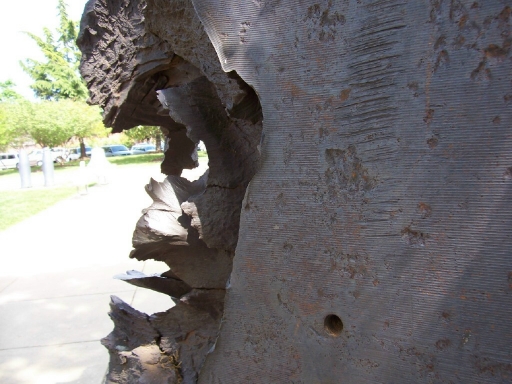
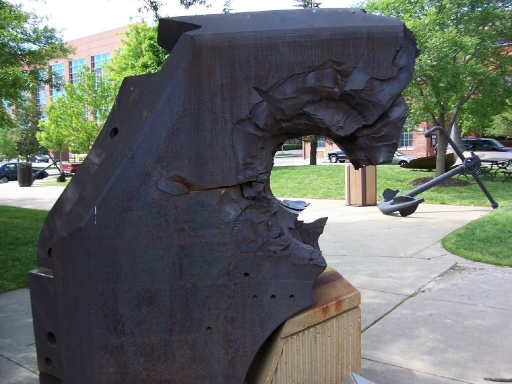
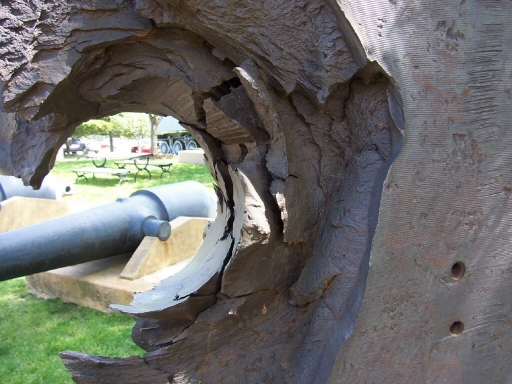
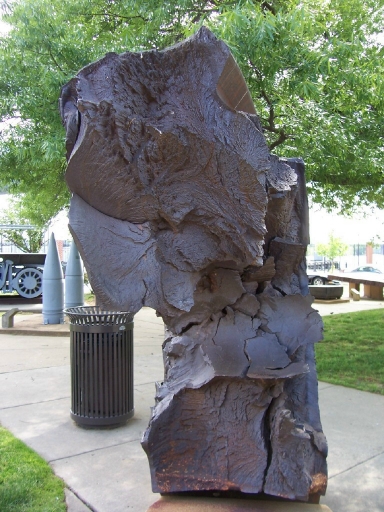
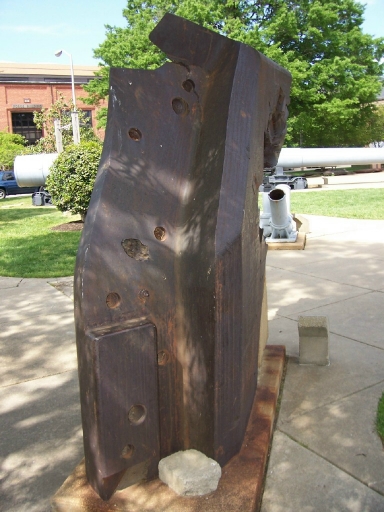
Andy





Andy




